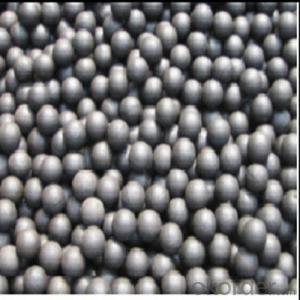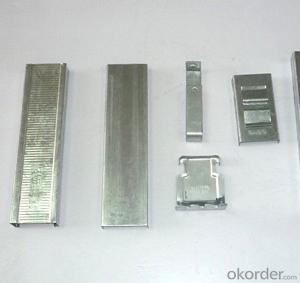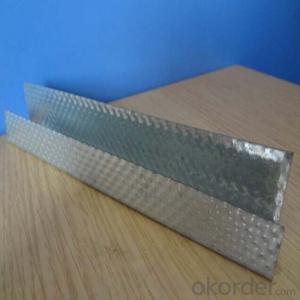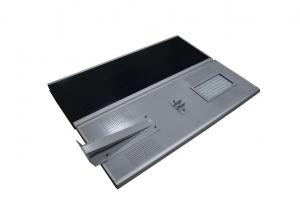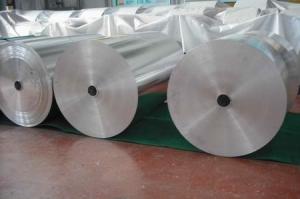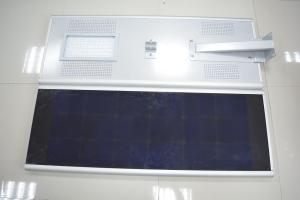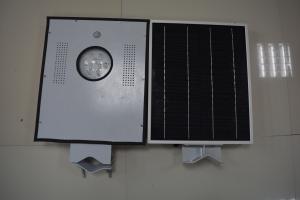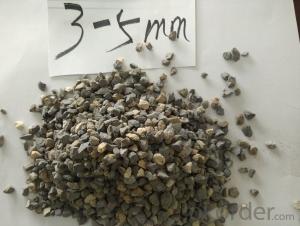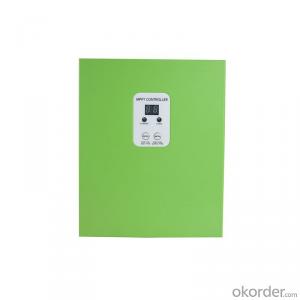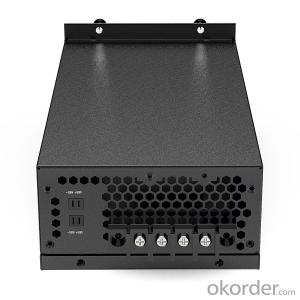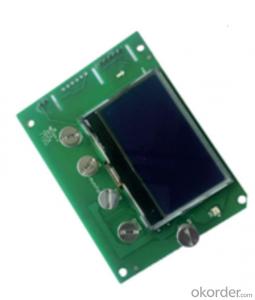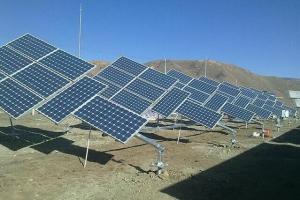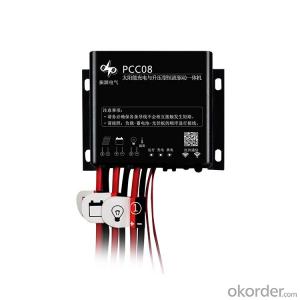Inverter In Solar
Inverter In Solar Related Searches
Surface Grinding Wheels For Hardened Steel Grinding Wheels For Steel Grinding Wheels For Metal Waterproofing Additive For Cement Render 3/8 In Stainless Steel Tubing Stainless Steel Drop In Anchors Scratches In Stainless Steel Purpose Of Inverter In Solar Best Solar Cells In The World Best All In One Solar InverterHot Searches
Steel Mesh Panels For Sale Price For Stainless Steel Scrap Scrap Price For Stainless Steel Cheap High Tea Sets For Sale Stainless Steel Tanks For Sale High Density Fiberboard For Sale Solar Hot Water Collectors For Sale Scaffolding For Sale In Uae Scaffolding For Sale In Ireland Scaffolding For Sale In Houston Type Of Inverter For Solar Price Of Shipping Containers For Sale Stock Price For Aluminum Used Solar Inverter For Sale Portable Led Signs For Sale Stone Hot Water Bottles For Sale Large Led Screens For Sale Used Aluminum Scaffolding For Sale 1/4 Aluminum Plate For Sale Scaffolding For Sale In UaeInverter In Solar Supplier & Manufacturer from China
Okorder.com is a professional Inverter In Solar supplier & manufacturer, offers integrated one-stop services including real-time quoting and online cargo tracking. We are funded by CNBM Group, a Fortune 500 enterprise and the largest Inverter In Solar firm in China.Hot Products
FAQ
- A solar controller handles temperature compensation for batteries by adjusting the charging voltage based on the temperature of the batteries. This helps to optimize the charging process and protect the batteries from damage caused by overcharging or undercharging.
- A solar controller handles battery low voltage disconnect recovery by monitoring the voltage of the battery connected to the solar system. When the battery voltage drops below a predetermined threshold, typically around 11.5 to 12 volts, the solar controller will disconnect the battery from the load to prevent further discharge. Once the battery is disconnected, the solar controller will continue to monitor the battery voltage. It will wait for the battery voltage to rise above a specific level, known as the recovery voltage, before re-establishing the connection between the battery and the load. During the recovery phase, the solar controller will gradually increase the voltage supplied to the battery to avoid sudden spikes in power. This allows for a controlled and safe reconnection process, preventing any potential damage to the battery or the connected devices due to a sudden surge of power. The solar controller's ability to handle battery low voltage disconnect recovery ensures that the battery is protected from over-discharge, which can lead to irreversible damage and decreased battery performance. By disconnecting and then reconnecting the battery at appropriate voltage levels, the solar controller helps to prolong the life and efficiency of the battery, ensuring optimal performance of the solar system.
- Yes, a solar controller can be used with solar-powered weather monitoring stations. A solar controller regulates the flow of energy from solar panels to the batteries, ensuring optimal charging and preventing overcharging. This is crucial in weather monitoring stations that rely on solar power as it helps maintain uninterrupted power supply and maximizes the efficiency of the system.
- Yes, solar controllers do require a separate power source. They need a power source to operate and regulate the charge from the solar panels to the batteries.
- The maximum battery capacity that a solar controller can handle depends on the specific model and its design specifications. Generally, solar controllers are available in a range of capacities to accommodate different battery sizes. The capacity of a solar controller is typically measured in volts and amps, which determines the maximum voltage and current that the controller can handle. It is important to choose a solar controller that can handle the battery capacity of your solar system. If the battery capacity exceeds the maximum capacity of the controller, it may not function properly or may cause damage to the controller. Therefore, it is crucial to consult the manufacturer's specifications or seek professional advice to ensure that the solar controller can handle the desired battery capacity.
- Yes, a solar controller can be used in a standalone solar power system. In fact, it is an essential component of such a system. A solar controller, also known as a charge controller or solar regulator, is responsible for regulating the flow of electricity from the solar panels to the battery bank in a solar power system. Its main function is to prevent overcharging of the batteries, which can damage them and reduce their lifespan. In a standalone solar power system, where there is no grid connection or backup generator, the solar controller plays a crucial role in ensuring the efficient and safe operation of the system. It monitors the voltage and current coming from the solar panels and adjusts the charging rate accordingly to prevent overcharging. It also protects the batteries from over-discharging, which can also be damaging. Additionally, some solar controllers also provide other useful features such as load control, which allows you to connect and power DC loads directly from the battery bank. This can be helpful in powering appliances or devices even when the solar panels are not generating electricity. Overall, a solar controller is an essential component in a standalone solar power system as it helps optimize the charging and discharging of the batteries, prolonging their lifespan and ensuring reliable power supply.
- The maximum power consumption of a solar controller itself typically ranges between 0.5 watts to 5 watts, depending on the model and features of the controller.
- A solar controller is designed to protect the solar panel system from lightning strikes or power surges. It typically has built-in protection mechanisms to handle these situations. During a lightning strike or power surge, the solar controller will detect the sudden increase in voltage and current and activate its protective features. One of the main components that handle these events is the surge protector or transient voltage suppressor. This device is designed to divert the excess voltage and current away from the solar controller and the rest of the system. Additionally, the solar controller may have fuses or circuit breakers that will trip or blow in the event of a power surge or lightning strike. These protective devices are designed to interrupt the flow of electricity and prevent damage to the solar controller and other connected components. Furthermore, some solar controllers have built-in grounding mechanisms to dissipate the excess energy caused by lightning strikes. This grounding system helps to divert the energy safely into the ground, protecting the solar panel system from damage. It is important to note that while solar controllers have protective measures in place, they may not be able to completely eliminate the risk of damage from a direct lightning strike. In such cases, additional surge protection devices, like lightning arrestors or lightning rods, may be required to ensure the safety of the solar panel system. Overall, a solar controller is designed to handle lightning strikes or power surges by diverting excess energy, tripping fuses or circuit breakers, and utilizing grounding mechanisms to protect the system from damage.


